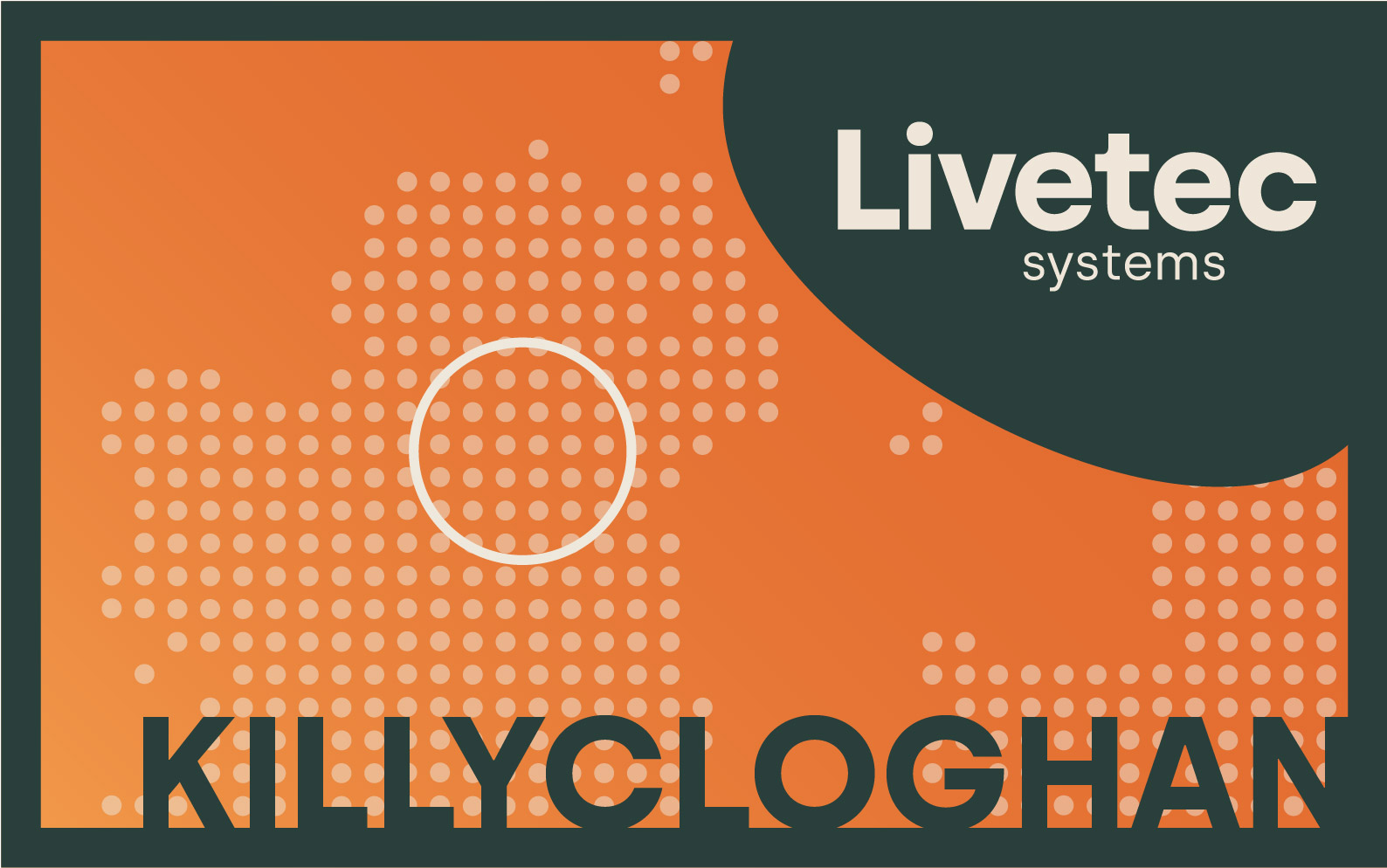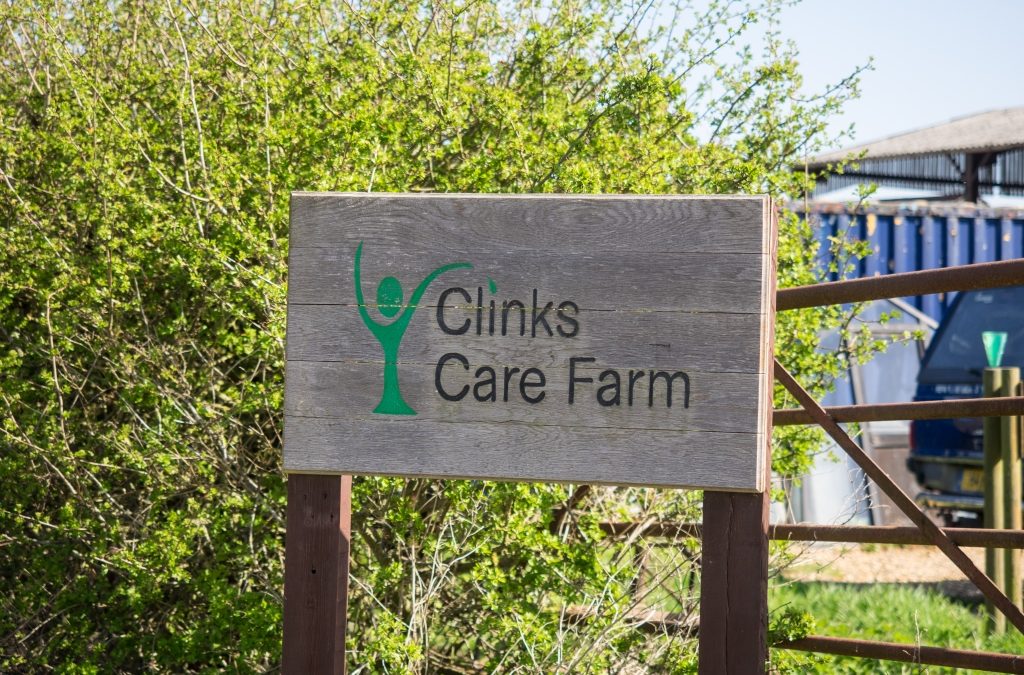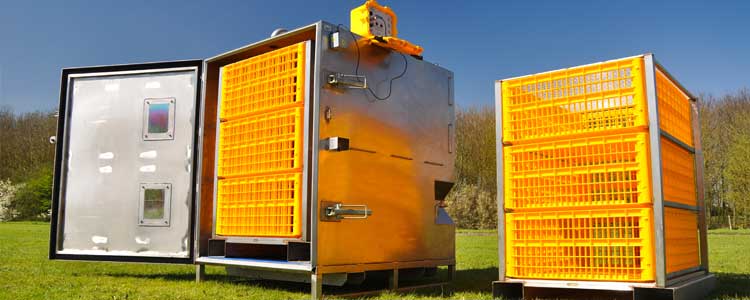Poultry production has changed dramatically over the past twenty years. Another thing which has changed in this time is the weather, with temperatures across the UK often exceeding 30 degrees in the summer months.
This has highlighted the increasing problems of heat stress within poultry. Additionally, it has raised the issue of the birds welfare and prompted the question of what procedures should be adopted by farmers to reduce the distress in their flocks.
What is heat stress?
Heat stress is caused by a lack of balance between body heat and heat loss. Body heat in birds is created by a range of things, such as metabolising food, egg laying and their growth. The body heat produced can depend on the breed, species, weight, exercise and the heat transmission from the roof and walls of the house.
As birds cannot sweat they need to dissipate heat in different ways to reduce their body heat. They do this in four ways:
Radiation: The bird emits heat through thermal radiation through its body
Conduction: Body heat is lost through physical contact i.e, leaning against a cool shed wall.
Convection: Heat is carried away by the air flow when cooler air is circulated around the bird. For this to work, the air flow temperature must be lower than the bird’s body heat.
Evaporation: Heat is lost when converted into water vapour from the bird’s body, i.e when the birds are panting.
Why is heat stress harmful to birds?
In poultry, heat stress affects growth, reproduction performance, and egg production and so the profit margin of the farm business. It also causes a great deal of discomfort for the poultry and raises serious concerns regarding the welfare of the birds. This is a problem for farmers that is not going away, and is reported to only get worse.
When a bird gets too hot, its body redirects blood flow to its wings and feet, causing other body parts to get less blood and nutrients. In extreme cases, this can lead to a syndrome called ‘leaky gut’.
If this happens the birds become susceptible to bacteria, pathogens and toxins which cause inflammation. If heat stress gets to a chronic stage the bird’s autonomic nervous system will produce cortisone which generates immunological suppression, leaving the bird open to pathogens.
Livetec welfare solutions for modern farming challenges
Heat stress can have several negative impacts on poultry, including weakening their resistance to pathogens. This makes biosecurity measures all the more important in preventing disease outbreaks.
A well-designed and implemented biosecurity plan can help reduce the risk of disease, not only during periods of heat stress but also when poultry are more vulnerable to other health threats.
When it comes to biosecurity, every poultry farm is unique and there is no one-size-fits-all solution.
These challenges to modern farming are considerable. At Livetec we are at the forefront of research solutions to these problems, and are constantly adapting our response to generate ways of working, new products and services that will help our clients to navigate today’s – and tomorrow’s – challenges.
Research and development
The Livetec team has been working on improving animal welfare techniques and processes for over a decade. We have collaborated with leading academic institutes, animal welfare organisations, and the government to provide the industry with evidence-based solutions that improve welfare standards and commercial profitability.
Our research and development efforts have led to the development of several innovative products and solutions that are helping to improve the welfare of animals across the country. We are constantly striving to find new ways to improve the welfare of animals, and our team is always at the forefront of research in this area.
What is the industry’s response to heat stress?
The Government new proposal on livestock transportation
News of a Government proposal was recently shared, suggesting that when birds are transported they must be in a controlled temperature of between 5 to 25 degrees.
The proposal also suggested a four hour journey time for broilers and end-of-lay hens destined for slaughter, and a maximum journey time of 21 hours for day-old broiler breeding stock. Should this be implemented it would mean that the trucks would have to be thermoregulated to accommodate this, ultimately raising transport cost.
Industry response to the Government’s proposal
Some major industry bodies such as the British Poultry Council (BPC) have questioned the validity of the Department for Environment, Food and Rural Affairs (Defra) Improvements to Animal Welfare in Transport consultation figures.
The NFU transport temperatures project
In response to Defra’s proposal the industry is putting together a database to get data to show the government that deaths on delivery are acceptable with the current set up. The project will gather information on the internal temperatures when in transit, as well as duration, distance, delays, vehicle size, and number and types of animal being transported.
Claire White, NFU Senior Veterinary Adviser, says:
“We will use the data to demonstrate how existing vehicle designs already manage internal temperatures and animal welfare, which will establish how they can be used in the proposed thermoregulation systems, and what potential there is for future innovations in designs.”








